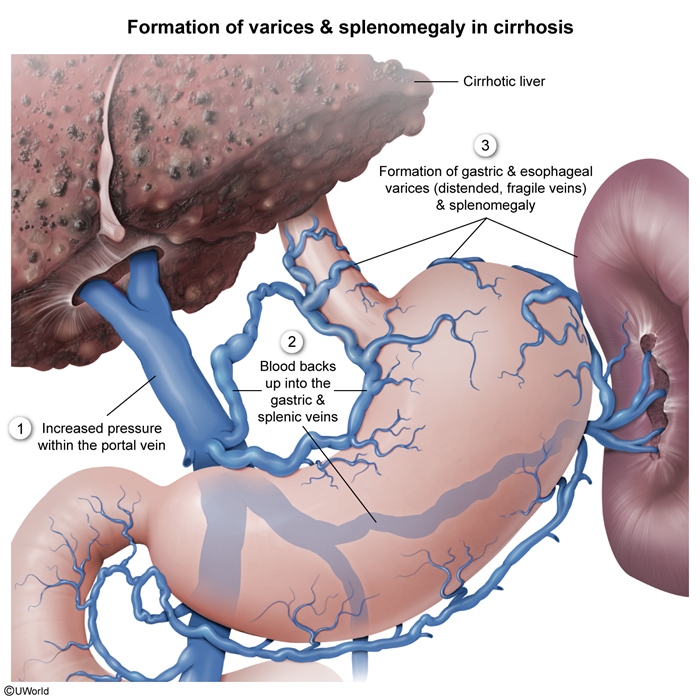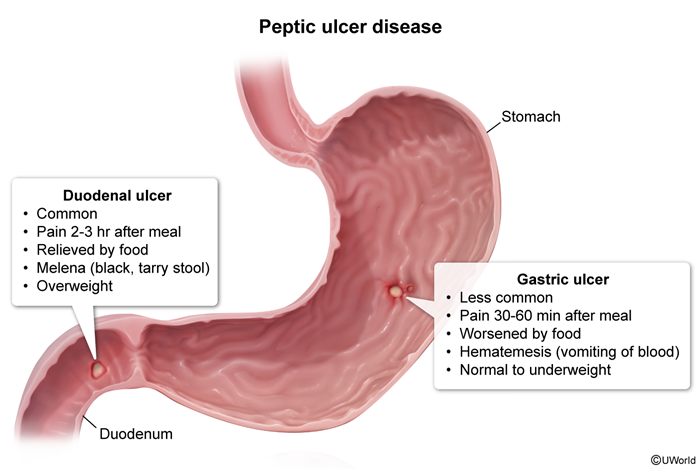Mallory-Weiss Syndrome
Article Sections
Introduction
A Mallory-Weiss tear is a mucosal laceration in the distal esophagus or proximal stomach that is usually precipitated by intense retching or vomiting. Injury to the submucosal blood vessels causes upper gastrointestinal (GI) bleeding presenting as hematemesis (vomiting blood). Diagnosis is confirmed by visualizing a tear on upper GI endoscopy. The majority of lacerations heal spontaneously, and acute management (eg, hemodynamic stabilization) is mainly supportive. Ongoing or severe bleeding may require endoscopic intervention (eg, sclerotherapy) or arterial embolization.
Pathophysiology and risk factors
A Mallory-Weiss tear typically occurs during episodes of severe retching, which can raise intraabdominal pressure high enough to tear the superficial layers of the distal esophagus and/or proximal stomach. Bleeding occurs when the laceration extends into the submucosal layer that contains arterial and venous plexuses. Hematemesis can vary from pink-tinged mucous to massive hemorrhage of bright red blood. The intensity of hemorrhage and amount of blood loss varies widely depending upon the length and depth of the tears, but the condition is not usually life-threatening.
Continue Learning with UWorld
Get the full Mallory-Weiss Syndrome article plus rich visuals, real-world cases, and in-depth insights from medical experts, all available through the UWorld Medical Library.
Figures

